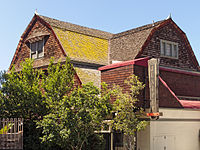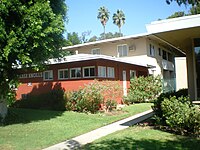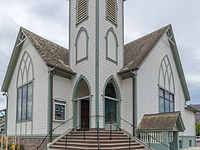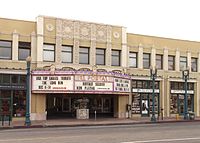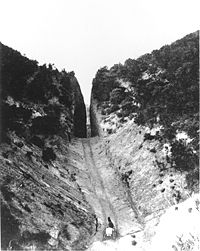
Department of Anthropology

Department of Anthropology

Department of Anthropology

Department of Anthropology

Department of Anthropology

Department of Anthropology
Department of Anthropology
Department of Anthropology
BUILDING #13: A Project From Historical Archaeology (Anth 449)
Some may ask, “What is historical Archaeology?” Much like the goals of Anthropology itself, being holistic in scope and approach, Historical Archaeology bridges and connects a multi-disciplinary dive into sites, features, and landscapes. Within this context, historical archaeologists infer and answer questions such as “what is the significance of this artifact?”, “How was this site/ landscape used in the past?”, “How does the relationship between site, feature, and landscape inform and reflect past human behaviors and ways of being?” Much like historians, historical archeologists rely on many methods and types of information to answer such questions. These include Sanborn Maps, archives( primary and secondary sources), and other archaeological methods. Sanborn Maps, in which CSUN has an extensive collection, can help historical archaeologists get a “lay of the land” and use landscape archaeology to see how a landscape changes over time (evolution over time). Primary sources include journals, census records, certificates, deeds, and even photographs. The access and utilization of these sources may help paint a more holistic picture of that which we are studying.
Using such key primary sources as SurveyLA and Calisphere, students were tasked with taking such a plunge into researching sites, landscapes, and features listed amongst the LA Historic-Cultural Monuments list. Here, we showcase the importance of Historical Archaeology to understanding this great city we live in, Greater Los Angeles, but also highlighting key monuments within the San Fernando Valley (yes, some may be closer to you than you think).
This project illustrates the hard work and dedication that a group of Graduate and Undergraduate students, within the Anthropology Department, embarked on in the SPRING 2020 semester at CSUN. Los Angeles County is home to diverse peoples, histories, and historical monuments. San Fernando Valley (just a stone's throw away for some and for others we call it our backyard) plays a key role in maintaining such a diversity. Hopefully, on your next visit, it will make you think more about this landscape we call home.
Below are a few of the projects on which our class worked. Please visit the project website for further information.
 Idle Hour Cafe
Idle Hour Cafe
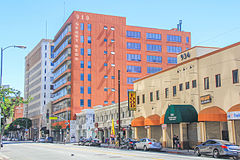 Gerry Building
Gerry Building
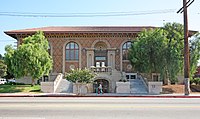 Cahuenga Branch Library
Cahuenga Branch Library
 North Hollywood Amelia Earhart Regional Library
North Hollywood Amelia Earhart Regional Library
 Old Santa Susana Stage Road
Old Santa Susana Stage Road
 Stonehurst Recreation Center Building
Stonehurst Recreation Center Building


